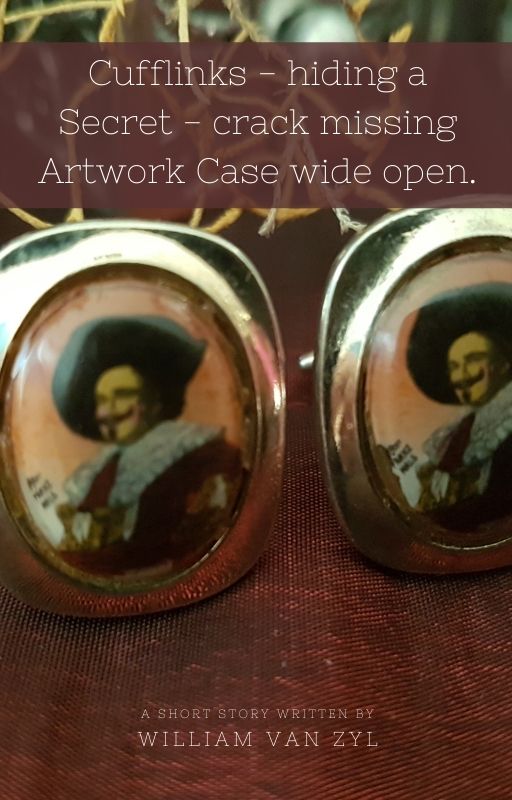
By William Van Zyl (September 2021)
Listen to the podcast of the short story:
https://www.podbean.com/ew/pb-he87e-10f8259
Two golden cufflinks – containing thumbnails of a famous self-portrait – had a secret. The small town of Znojelmo in the Czech Republic was the place of interest. The mystery had everyone guessing.
Where could the 7 famous paintings be?
Forensic scientists and Police investigators were called in when seven famous paintings were stolen from the De KunstenHuis Museum in Amsterdam. On December 6, 2012, seven multi-million pound paintings were taken off the wall, shoved into a large cotton bag, and was gone in 120 seconds. The inspector from the Netherlands – the chief of police – said that the alarms went off at 3:15 am in the early hours of the morning. The burglars worked lightning-fast. It took the thieves only 2 minutes to remove the paintings from the walls. After stuffing the paintings in a large fabric bag, they head out through the back window. Nobody reported seeing a thing. Even the surveillance cameras were baffled. The camera footage showed them disguised with wigs and face masks. Hoodies covered their heads. Even their hands were covered.
State of the art security and top-end alarms – why couldn’t the alarms protect the valuable artwork?
Three months later, 3 young men – in their late twenties – were arrested. They were hiding in a small town in the Czech Republic. After thorough investigations by the police, the thieves succumbed – they confessed to the crime.
Where on earth could the paintings be?
A month later, the ringleader’s mother was arrested. Olga Ogelshefski – a single mother in her late forties – had lived in a humble home in the small town of Znojelmo for most of her life.
Was she involved in the heist?
After much deliberation, she confessed that she hid the paintings in her roof. Then, when the police started asking more questions. She panicked. She took the paintings and burned them in her fireplace – she confessed later. All seven of them – a tragic loss to the art world. She referenced that when she removed the paintings from her roof – located just above her ceiling close to the hatch door – she noticed that the rats in her roof had been gnawing on them.
Why did she withhold vital information from the police?
In reality, one of the seven paintings the critters in her roof didn’t like at all. They didn’t touch Rembrandt’s self-portrait painted in 1632. She burned the 6 damaged paintings – that is what the forensic investigators believe happened. After an in-depth search of her house, they found the remains of canvas, paint, metal nails, and copper nails in the fireplace of Mrs Ogelshefski. Hans Chezur-Tovea, director of the National History Museum, told the press that though the shapes of the nails matched the shape and form of 16-century nails, the findings were inconclusive.
Olga, an experienced artist herself – a self-taught oil-painter – specialised in miniature paintings. During her evenings, she would keep herself busy with creating small paintings on tiny canvasses. She copied the self-portrait of Rembrandt on two little canvasses sized 1 cm x 1 cm. She used a giant magnifying glass on a stand to assist her. Her cat could see her eyes enlarged to the size of an alien from Mars when he jumped up onto the table from time to time. At times she would look very weird and scary as she painted peering through the thick glass. Her cat, Babuska, got used to the large alien eyes staring at him from time to time. Sometimes, when Olga was painting and unexpectedly spoke to her cat, the very nervous cat would fly off the handle with a high pitched mew! Mrs Ogelshefski’s husband passed away two years before the burglary. Later it was uncovered that she mounted the two identical miniature paintings into her late husband’s cufflinks.
Her husband, Matthias, loved to talk about the expensive art in museums around the world. Olga reported in court that the seed for the theft was planted by her late husband. He shared many stories about the theft of famous paintings around the world.
‘He was obsessed with money,‘ Mrs Ogelshefski reported in court.
The forensic investigator discovered the golden cufflinks on their second search of Olga’s property by pure accident. The chief investigator was perplexed. Why would the lady have painted the Rembrandt self-portrait on two tiny canvasses, trimmed them to fit, and glued them into the cufflinks of her husband?
While the chief investigator was walking up and down in the large entrance hall of the police head office, he was thinking deeply. He juggled the two cufflinks in his hands.
One dropped to the floor.
The cufflink fell on the solid marble floor with a high pitched clink. He immediately picked it up. Then, while bringing it up from the floor, he noticed the one miniature painting was peeling away from the cufflink. The miniature painting was slightly dislodged from the cufflink. He went to his office and used his sharp letter opener to lift the tiny painting out of its bed. To his surprise, he then realised that something was written on the back of the tiny painting.
Why would there be a small map with notes on the back of the miniature paintings?
The police chief acted with speed. The best friend of Olga’s house was the target. The police swarmed the home of Eliska in the same town – not far from Olga.
Could some of the paintings be hidden in Eliska’s house?
The map showed a car – a utility vehicle – and a car seat at the address. When the team of investigators and police collapsed the seat – pushing it over – there was a short strip of duct tape at the back of the seat. They lifted the tape off. In a cavity – in the seat – they found a large rolled-up canvass. They were jubilant. As the officer rolled open the canvass on the vehicle’s bonnet, Eliska grabbed her face in disbelief.
The canvass was blank!
The officer turned to Eliska and asked in a stern voice, ‘Where is the Rembrandt painting?’
‘I don’t know, I don’t know,’ she repeated. Still holding her head in her hands.
Eliska broke down. ‘I think my son took it. It was still in the car seat last week. I swear!’
Eliska’s son had disappeared 3 days prior to her arrest. The police checked the airport records – her son had travelled to Germany.
‘I think he overheard my conversation with Olga – he stole the painting and fled,’ she confessed.
——————————————-0———————————————
Three years passed. Then, unexpectedly the original Rembrandt painting was discovered by an art collector in Germany. It was hanging proudly on a wealthy person’s wall – unknowingly to the new owner.
‘I bought the painting for 120,000 Euros – it was certified as a copy – and I loved it,’ said Helmut Reiff.
A false stamp on the back of the painting – validated by forensic tests – read:
Copy, Rembrandt, 1723, Amsterdam, Artist – Johannes Van Der Plas (16 Dohrer Rd. Rotterdam, The Netherlands).
The culprit who stole the original Rembrandt painting out of the utility vehicle’s seat had vanished.
Olga and her best friend served a 4-year prison sentence – accomplices to the theft of valuable artwork. The three young men – who stole the 7 paintings are still serving their time in a Czech prison.
It is believed that Olga burned the 6 paintings when police questioned her. She most probably did so to protect her son. The art communities worldwide expressed their disappointment at the loss of the invaluable artwork lost for future generations.
Hans Chezur-Tovea said that history had proved that thieves involved in the theft of precious art will destroy the most valuable artwork – at the drop of a brush – to cover up their deeds when they are cornered.
END OF THE SHORT STORY
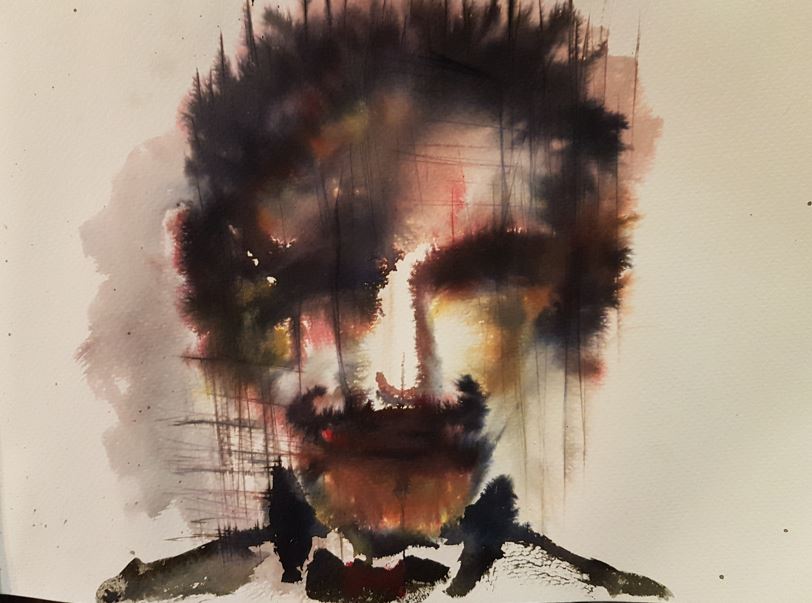


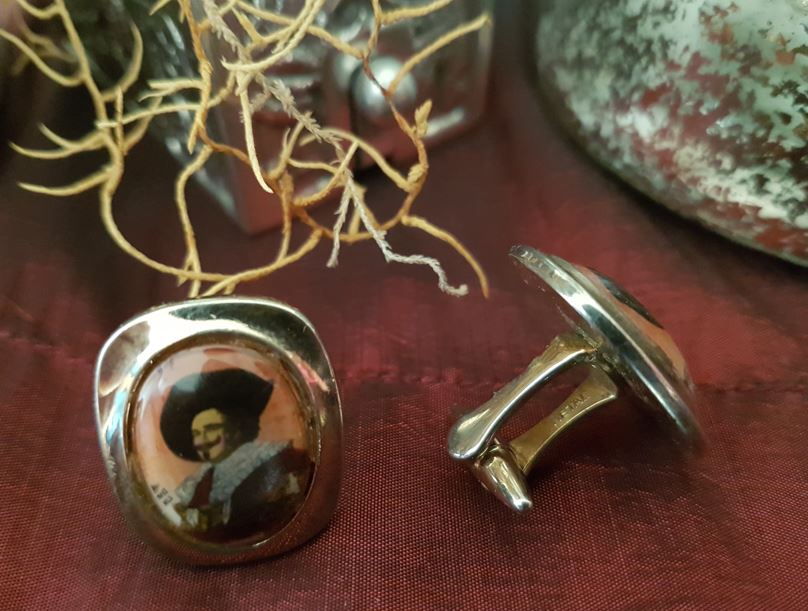
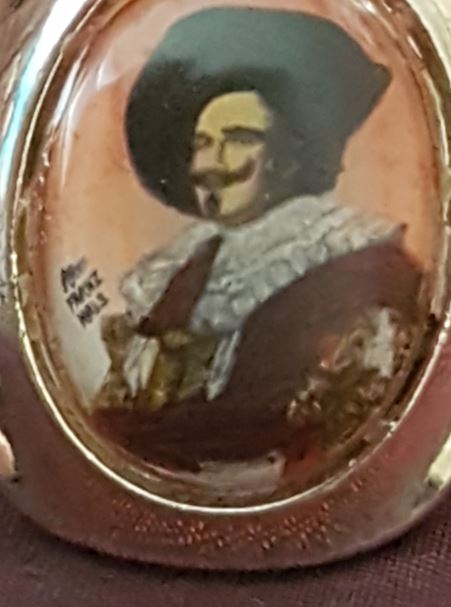
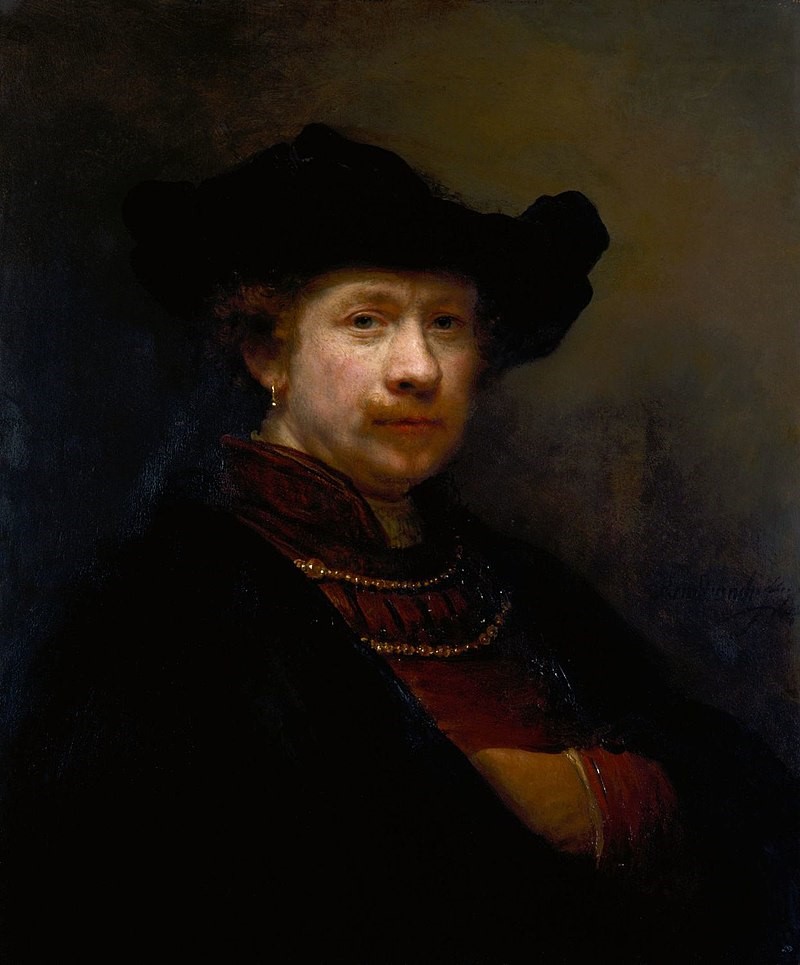
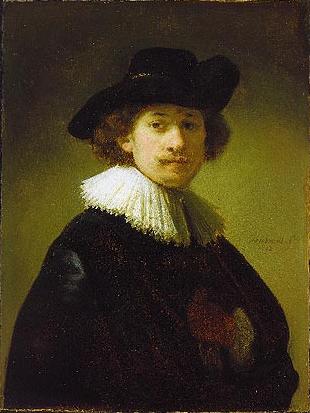

Copyright © 2021 by William Van Zyl
Cufflinks – hiding a Secret – crack missing Artwork Case wide open.
All rights reserved. This book or any portion
thereof may not be reproduced or used in any manner
whatsoever without the express written permission of the
publisher except for the use of brief quotations in a book review.
Published by Five House Publishing (New Zealand)
First Publishing, 2021

More eBooks and articles are available at https://fivehousepublishing.com/
More about the author at http://williamvanzyl.com/